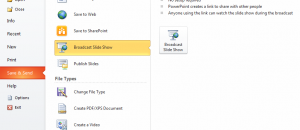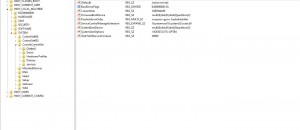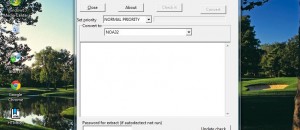Any semi-techie that has being following the development of Window 8 and Windows 8 tablets knows that Windows RT tablets are akin to Android tablets and the iPad — Windows RT is essentially a mobile version of Windows 8. However, the general public is not full of techies and people knowledgeable about tech. I know that sounds crude and mean, but it is true — just look at the Apple v Samsung aftermath. As such, there appears to a good amount of confusion as to exactly what Windows RT is and what it does.
Over and over I keep reading comments by people claiming “Windows RT is full OS”, how “Windows RT is like a laptop”, that “Windows RT is the real deal”, etc. — comments that show that many people think Windows RT is simply Windows 8 but in tablet form. Ladies and gentlemen, Windows RT is not full Windows. Windows RT is the mobile version of Windows 8. M-o-b-i-l-e. Windows RT tablets run on energy-efficient ARM-based chips, not the x86-64 chips that Windows on desktops/laptops run on. This means Windows RT tablets cannot run all the Windows software you have come to know and love. Windows RT tablets can only run the apps that have been specifically designed to run on ARM-based chips chips — apps from the Windows Store.
Granted, with the rise of Windows 8 and the Windows Store, more and more apps/programs will start supporting both ARM-based and x86-64 chips — so you may eventually see “desktop programs” available on Windows RT tablets. However, that is only a conjecture — it may never happen, and it definitely has not happened yet. I repeat, Windows RT is a mobile operating system — not full Windows. Windows 8 Pro, the Windows 8 tablets that run on x86-64 chips, is full Windows.
Of course some may argue that Windows RT is more of a mix between mobile and desktop than just simply mobile; although I personally disagree, that is a reasonable argument seeing as there are bound to be some full-Windows-features on Windows RT that aren’t found in rival mobile operating systems, namely Android and iOS. So you can call Windows RT a hybrid operating system, if you want. However, it still isn’t “full Windows”.
Personally speaking, I think Microsoft may have purposefully planned it this way. In other words, I feel Microsoft counted on the confusion between Windows RT and Windows 8 Pro tablets to help spur adoption of Windows RT. After all, who wouldn’t want a “full Windows tablet” for $499 (aka the price of Windows RT Surface tablet)? On the flip side, how many people would purchase a $499 mobile Windows when they could get the iPad for the same price (which has many more apps, at this time) or save money by going with cheaper Android alternatives?
Do I have proof of my suspicion? No; so I may be wrong and the confusion could just be a coincidence. However, I find it hard to believe the geniuses at Microsoft did not see this coming.
If you want to buy a Windows RT tablet because of what it is — a Windows challenger to Android and iPad — then by all means do so. If you want to buy a Windows RT tablet because you think it will provide you with the same capabilities as your laptop or desktop, don’t bother because you will likely be sorely disappointed.

 Email article
Email article




